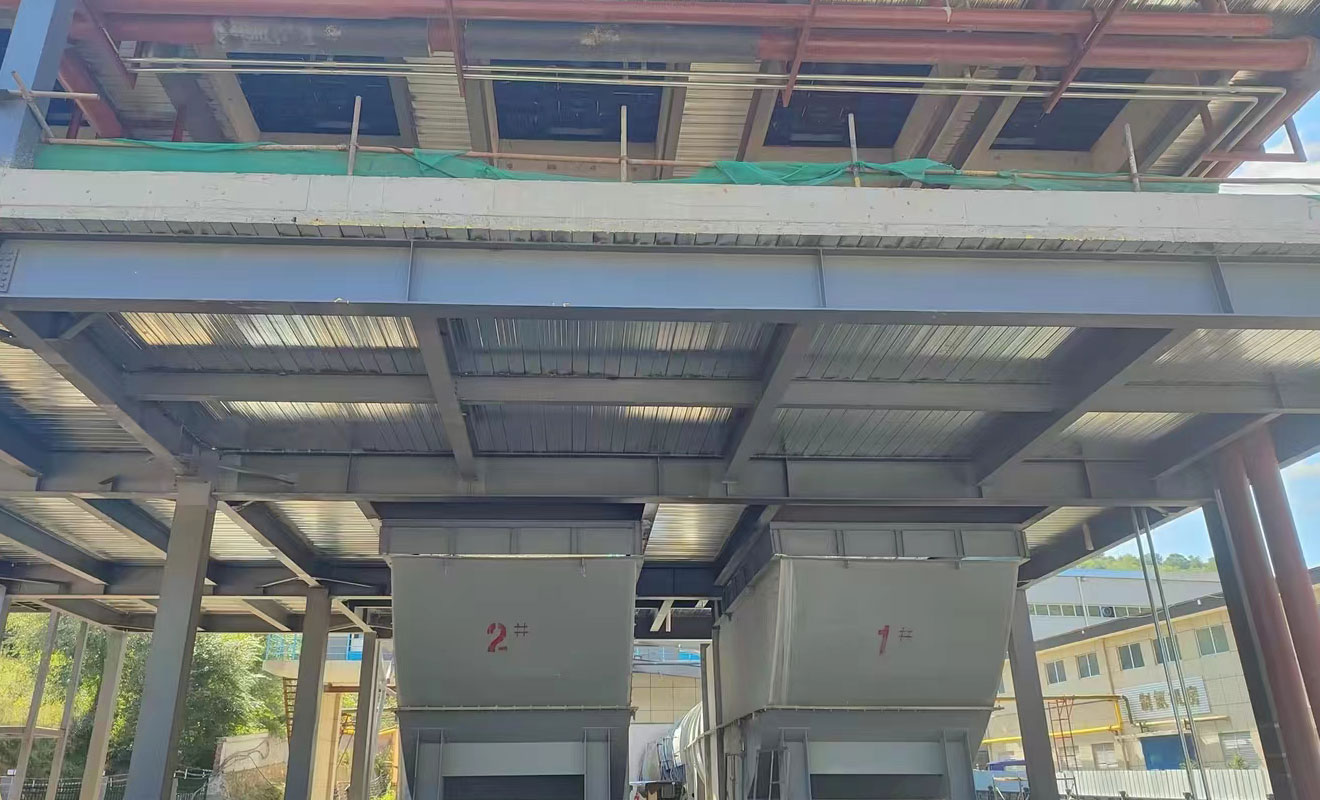Coal mine exhaust refers to the abandoned air flow that does not pass through the working face in the coal mine ventilation system. Its gas composition and characteristics have a significant impact on mine safety, production, and environmental protection.
The gas components of coal mine exhaust mainly include the following types of gases:
Nitrogen: Nitrogen is the main component of air, usually occupying the majority of the volume of exhausted air in coal mines. Its concentration in the exhaust air is usually close to that in the air, accounting for approximately 78% of the volume of the exhaust air.
Oxygen: Oxygen is an essential gas that supports the life activities of miners. The oxygen concentration in coal mine exhaust is usually around 20.9%, which is similar to the oxygen concentration in the air.
Methane: Methane is a combustible gas, also known as gas. It is one of the common harmful gases in coal mines, posing a threat to the safety of miners. Mines usually take measures to monitor and control the concentration of methane to prevent explosion accidents.
Carbon dioxide: Carbon dioxide is a common gas in coal mine exhaust, with typically low concentrations but may accumulate in enclosed spaces. High concentrations of carbon dioxide can pose a threat to the health of miners.
Other gases: Coal mine exhaust may also contain other gases, such as carbon monoxide (CO), hydrogen (H2), etc., whose concentrations are usually low, but still require close monitoring.
The characteristics of coal mine ventilation depend on multiple factors, including geological conditions, mining activities, ventilation systems, and mine structures. The following are typical characteristics of coal mine ventilation:

Temperature: The temperature of coal mine exhaust is usually lower, especially in deep coal mines. The decrease in temperature may have an impact on the health and comfort of workers.
Humidity: Humidity can affect the gas density and chemical reactions in the exhaust air. Coal mine ventilation often has high relative humidity, which can lead to corrosion and other problems.
Air flow velocity: The air flow velocity in exhaust air is usually low, but there may be variations in the ventilation system. Rapid airflow may increase the risk to the working environment.
Gas concentration: As mentioned earlier, the gas components in coal mine exhaust are diverse, and their concentration and changes may have a direct impact on miners.
To ensure the safety and environmental protection of coal mine ventilation, mining operators and engineers have taken a series of measures, including:
Ventilation system design and maintenance: Ensure that the ventilation system can effectively disperse and eliminate harmful gases, maintain appropriate gas composition and airflow.
Gas monitoring and alarm system: Install gas monitoring equipment, timely detect the concentration of hazardous gases, and trigger the alarm system to take emergency measures.
Safety training: Provide training on gas safety and emergency response for miners to increase their awareness of potential hazards.
Confined space management: For confined spaces, special attention should be paid to the concentration of carbon dioxide and oxygen to ensure the safety of workers.
The gas composition and characteristics of coal mine exhaust are crucial for the safety and environmental protection of mines. Understanding the gas composition in the exhaust air and taking appropriate management and safety measures can reduce potential risks and ensure the continuous operation of the mine. Through continuous monitoring and improvement, the quality and safety of exhaust air can be improved, providing a safer and healthier working environment for mining workers.







Comment